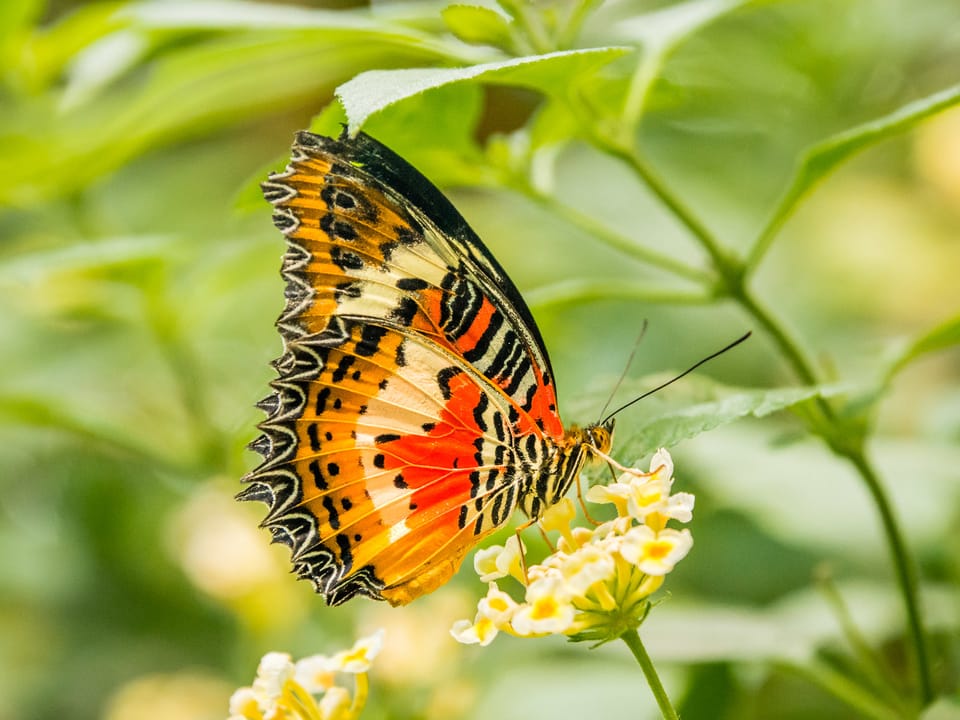EcoWest News, June 27, 2022

Welcome to EcoWest News, a weekly round-up of news and resources that you can put to use in addressing environmental issues and protecting the wild in your community.
Across the West
A group of volunteers is making sure that trees containing bird nests along the route of the TMX pipeline are not cut down during breeding season. [The Chilliwack Progress]
Ralph Connor United Church in Canmore was built in 1890, but that hasn’t stopped the congregation from making a wide range of eco-conscious changes, including solar panels, LED lighting, and more efficient kitchen appliances. [Ralph Connor Memorial United Church]
Farmland drainage in the Quill Lakes area has significant consequences. The lakes have risen almost 2 feet this year and continue to rise, flooding almost 15,000 acres of farmland. Higher water levels could result in salty water spilling into Last Mountain Lake, an important resting spot for migratory birds. [Last Mountain Times]
Trees Please, Winnipeg says, “Action is needed now … to protect and expand an urban forest infrastructure that saves this city millions of dollars in services every single year. A canopy that is the only natural barrier standing between us and storm-water flooding and blistering periods of drought.” [Winnipeg Free Press]
Across Canada
If Canada is serious about reducing emissions and addressing climate change, it must keep oil and gas in the ground. Exporting the oil and gas does not absolve us of responsibility. [Ecojustice]
Past, Present, and Future
A coffee roaster explains the challenges of finding a highly traceable bag that is compostable both in city and backyard and made from renewable resources. “My search criteria was focused on a bag’s past, present, and future. In terms of past: how traceable are the bag’s materials? Are they renewable? What are the manufacturing conditions? In terms of present, roasted coffee is fragile. I write about all the aspects of aging here, but the takeaway is that you need a properly sealed bag for freshness and a tasty cup. Its valve should let CO2 out while also preventing oxygen from entering. Its layers should ensure shelf stability but also not impart any papery flavours. And lastly, you need a design that ensures you can communicate the story of the producers and the technical details of the coffee (varietal, processing, etcetera). In terms of the future, once the bag is empty: do we dispose of it via compost, recycling bin, or landfill? How long does it take to break down? And what are the greenhouse gas implications and chemical remnants created while decomposing?” [Lee Knuttila]
Native vs. Invasive
At its most extreme, the rhetoric around invasive species has parallels with genetic purity and outlawing immigrants. In a time of accelerated climate change, is it valid? “All of the world’s ecosystems have been and will continue to be disrupted. A plant that thrived in a specific environment in the 1800s may not do as well in the climate of 2050. As a result, it’s becoming less clear what separates the native from the invasive.”
Donna Powless, Cayuga from Six Nations, and a member of the Indigenous Land Stewardship Circle, says, “Seeing value in every plant, regardless of whether they’ve been classified as invasive or native, reframes the way we understand our relationship with nature, and connects the loss of any species with the larger impact on an ecosystem.” [The Narwhal]
“We don’t know what will be possible in a world beyond fossil fuels. I would rest easier if more people acknowledged this constructive uncertainty. Decisions about the future will simply be better if admitting limitations to resources and to our own capabilities.” [Do the Math]
Photo credit: https://www.flickr.com/photos/apmckinlay/23327865355
EcoFriendly West informs and encourages initiatives that support Western Canada’s natural environment. Like us on Facebook, follow us on Twitter, or subscribe by email.

Member discussion